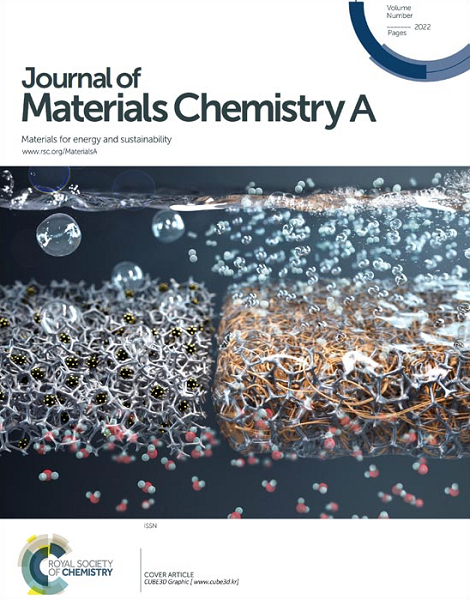Sulfur doping activated metal–support interaction drives Pt nanoparticles to achieve acid–base hydrogen evolution reaction
IF 10.7
2区 材料科学
Q1 CHEMISTRY, PHYSICAL
引用次数: 0
Abstract
Adjusting the interfacial interaction between metal and support in loaded electrocatalysts is critical for enhancing the performance of electrocatalytic hydrogen evolution in both acidic and basic media, yet it continues to pose a significant challenge. This study proposes a sulfur doping strategy aimed at enhancing the strong metal–support interaction (SMSI) of ultra-small platinum (Pt) nanoparticles (NPs) uniformly encapsulated within nitrogen–sulfur co-doped carbon materials (NSC). This approach modulates the coordination environment and electronic structure of the Pt material, leading to substantial charge redistribution at the closely interfaced Pt–carbon layer heterojunction, thereby facilitating a rapid hydrogen evolution reaction (HER). The Pt/NSC exhibits excellent intrinsic activity at 1.0 M KOH (η10 = 17.8 mV, 30.59 mV dec−1) and 0.5 M H2SO4 (η10 = 10.2 mV, 18.85 mV dec−1), demonstrating a lower overpotential and a reduced Tafel slope, significantly outperforming the commercial Pt/C catalyst. Furthermore, owing to the exceptional stability of NSC and the pronounced confinement effect at the interface, Pt/NSC exhibits robust resistance to both acid and alkaline corrosion. Experimental and theoretical investigations reveal that the strong interfacial coupling effect can facilitate spontaneous electron transfer from the support to the Pt NPs. The electron-rich Pt NPs significantly enhance the efficiency of charge transfer and optimize the chemisorption behavior of intermediates, thereby improving the kinetics of hydrogen production.

求助全文
约1分钟内获得全文
求助全文
来源期刊

Journal of Materials Chemistry A
CHEMISTRY, PHYSICAL-ENERGY & FUELS
CiteScore
19.50
自引率
5.00%
发文量
1892
审稿时长
1.5 months
期刊介绍:
The Journal of Materials Chemistry A, B & C covers a wide range of high-quality studies in the field of materials chemistry, with each section focusing on specific applications of the materials studied. Journal of Materials Chemistry A emphasizes applications in energy and sustainability, including topics such as artificial photosynthesis, batteries, and fuel cells. Journal of Materials Chemistry B focuses on applications in biology and medicine, while Journal of Materials Chemistry C covers applications in optical, magnetic, and electronic devices. Example topic areas within the scope of Journal of Materials Chemistry A include catalysis, green/sustainable materials, sensors, and water treatment, among others.
 求助内容:
求助内容: 应助结果提醒方式:
应助结果提醒方式:


